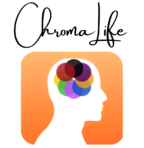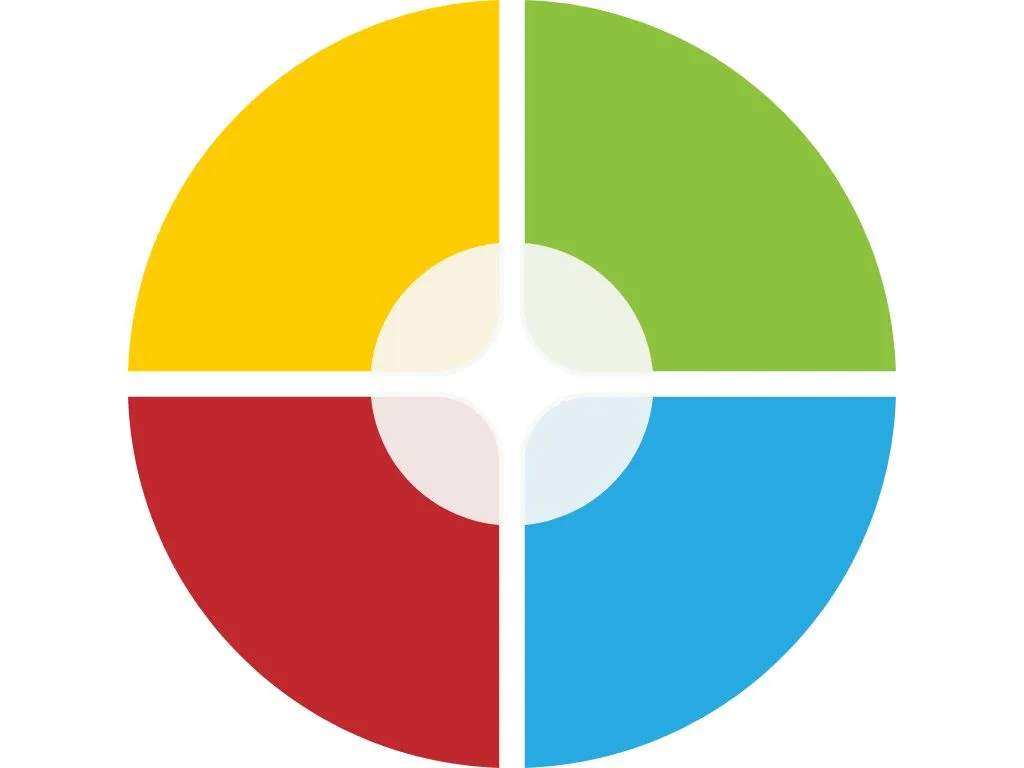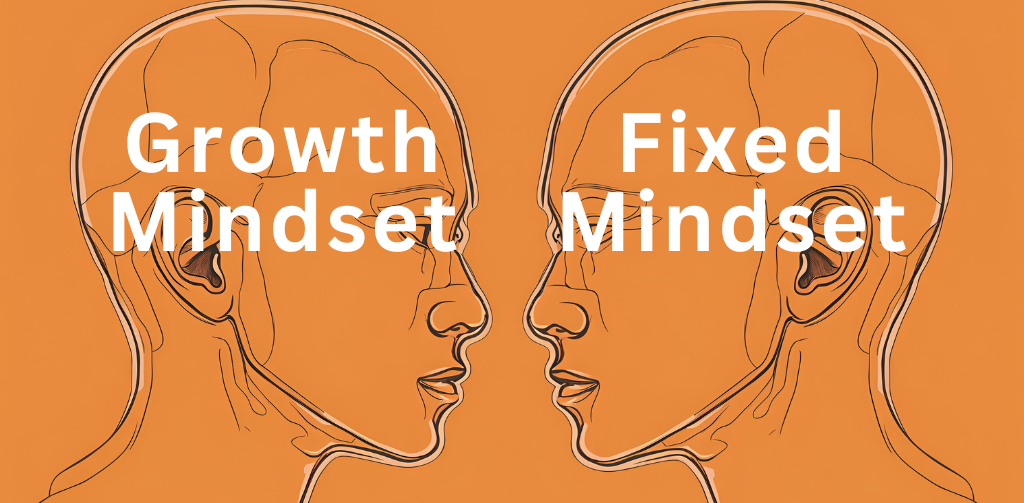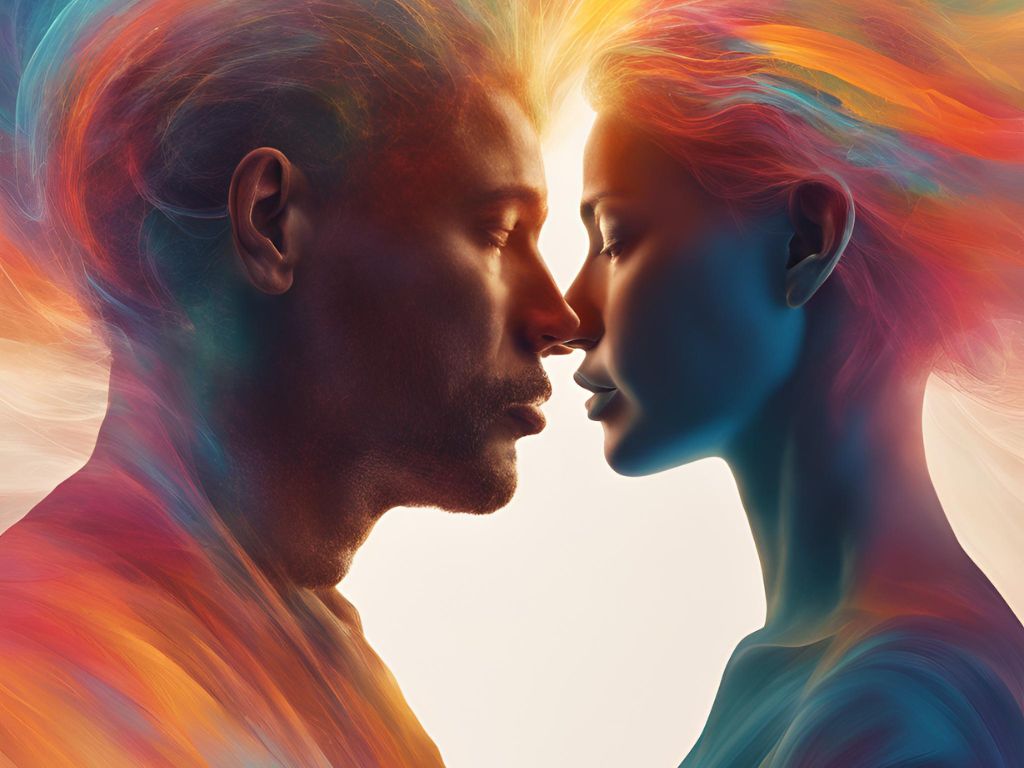[read-time]
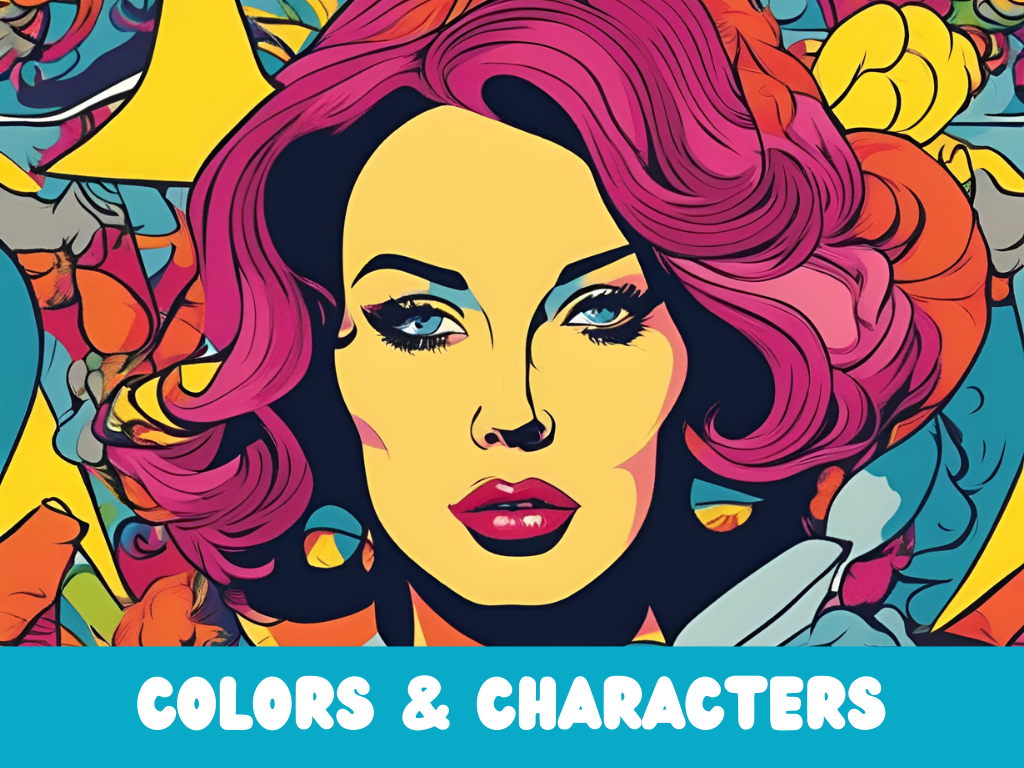
Table of Contents
- What is a Color Personality Assessment?
- Understanding the Myers Briggs Personality Test
- The Correlation Between MBTI and Personality Color Assessment
- Your Personality Color Trait and The Myers Briggs Personality Test
- Benefits of Using MBTI and The Personality Color Assessment Together
- Applications of MBTI and Personality Color Assessment in Personal Development: The 5 Links
- The Takeaway
The Personality Color Assessment and the Myers Briggs Personality Test (MBTI) are two popular tools that, though they approach personality from different angles, can be complementary when used together. This article explores how these two systems intersect and how they can collectively enhance self-awareness and interpersonal dynamics.
What is a Color Personality Assessment?
The Color Personality Test categorizes individuals based on their preferred colors, associating these colors with specific personality traits. Understanding the nuances of personality can profoundly impact our personal and professional lives.
Overview of The Personality Color Assessment
Personality Color Assessment is a complementary approach to understanding your personality that assigns you a specific color or combination of colors based on your dominant traits and characteristics. This method is often used in conjunction with the MBTI, as it can provide additional depth and nuance to your personality profile.
The four primary colors in Personality Color Assessment are:
- Red: Associated with qualities like assertiveness, confidence, and a results-oriented approach.
- Blue: Linked to characteristics such as creativity, empathy, and a focus on relationships.
- Yellow: Characterized by traits like optimism, adaptability, and a preference for spontaneity.
- Green: Typically associated with qualities like analytical thinking, attention to detail, and a preference for stability.
Our personality assessment goes step further by including the additional color of Orange traits.
Orange: Creative, spontaneous, and adaptable.
By understanding your dominant color(s), you can gain insights into your communication style, decision-making process, and overall approach to life.
These colors provide insights into how individuals might behave in various situations, highlighting their emotional and motivational landscapes.
Understanding the Myers Briggs Personality Test
The Myers Briggs Personality Types explores your preferences across four distinct dimensions:
- Extraversion (E) vs. Introversion (I): This dimension reflects your energy source and how you engage with the world around you. Extraverts tend to be energized by external stimuli, while introverts find their energy from within.
- Sensing (S) vs. Intuition (N): This dimension examines how you perceive and process information. Sensors focus on the concrete and practical, while intuitives are drawn to the abstract and conceptual.
- Thinking (T) vs. Feeling (F): This dimension delves into your decision-making process. Thinkers rely on logic and objectivity, while feelers prioritize emotions and personal values.
- Judging (J) vs. Perceiving (P): This dimension explores your approach to the outer world. Judgers prefer structure, organization, and closure, while perceivers thrive in more flexible and adaptable environments.
| Personality Type | Description |
| ENFJ | Charismatic, empathetic, and driven by a desire to help others |
| ISFJ | Loyal, detail-oriented, and committed to maintaining harmony |
| ESTP | Adventurous, adaptable, and quick-thinking |
| INTP | Analytical, independent, and driven by a love of knowledge |
By understanding your preferences across these four dimensions, you’ll gain invaluable insights into your personality and how you interact with the world.
The Correlation Between MBTI and Personality Color Assessment
Linking personality colors with MBTI types offers a richer understanding of how color preferences might reflect broader behavioral and cognitive styles:
Red and MBTI
Red personalities, who are action-oriented and assertive, might often find alignment with types that have the Thinking (T) preference, or are Extraverted (E), such as ENTJ or ESTP, who are similarly direct and results-driven.
Blue and MBTI
Blue individuals, known for their calm and rational demeanor, may resonate with types that lead with Introverted Sensing (Si) or Thinking (T), like ISTJ or INTJ, emphasizing a methodical, logical approach to the world.
Yellow and MBTI
Yellow personalities, who are optimistic and creative, could correlate with Extraverted Intuition (Ne) types such as ENFP or ENTP, who are characterized by their enthusiasm for new ideas and possibilities.
Green and MBTI
Green types, valuing harmony and supportiveness, align closely with Feeling (F) types, especially those who are Introverted (I), like ISFJ or INFP, who prioritize interpersonal harmony and are thoughtful and caring.
Orange and MBTI
An Orange personality, full of spontaneity and enthusiasm, correlates well with MBTI types that possess the Perceiving (P) preference, such as ENFP or ESFP. These types are adaptable, relaxed, and enjoy keeping their options open, characteristics shared by those who favor orange.
In careers, orange personalities often find success in fields that offer variety and the opportunity to think outside the box, such as marketing, public relations, and other creative industries.
Your Personality Color Trait and The Myers Briggs Personality Test
Understanding the interplay between your personality color and MBTI type can help in various ways.
Personal Growth: Tailor personal development strategies to fit your combined color and MBTI type, maximizing your natural tendencies and addressing areas of weakness.
Career Planning: Choose roles and environments that fit well with your personality composite, which can lead to greater job satisfaction and effectiveness.
Relationship Management: Improve relationships by understanding the diverse ways people see the world, enhancing communication and empathy.
Benefits of Using MBTI and The Personality Color Assessment Together
Utilizing both the Myers Briggs Personality Test and the Personality Color Assessment can provide a multifaceted understanding of your personality, leading to a range of benefits:
- Comprehensive Personality Profiling: By combining the insights from both frameworks, you can create a more detailed and nuanced portrait of your personality, including your strengths, weaknesses, communication style, and decision-making tendencies.
- Enhanced Self-Awareness: The interplay between your MBTI type and Personality Color(s) can shed light on previously unexplored aspects of your personality, leading to a deeper understanding of yourself and how you interact with the world.
- Improved Interpersonal Relationships: Knowing your own personality type and color, as well as those of the people in your life, can help you communicate more effectively, resolve conflicts, and build stronger, more meaningful relationships.
- Career Alignment and Development: The insights gained from MBTI and Personality Color Assessment can inform your career choices, helping you identify roles and environments that align with your natural strengths and preferences.
- Personal Growth and Transformation: By understanding the complexities of your personality, you can develop strategies for personal growth, overcome challenges, and unlock new opportunities for self-improvement.
Applications of MBTI and Personality Color Assessment in Personal Development: The 5 Links
The MBTI and Personality Color Assessment can be powerful tools in various areas of personal development, including:
- Career Guidance: Understand your ideal work environment, job responsibilities, and team dynamics based on your personality type and color.
- Relationship Building: Improve your communication and conflict resolution skills by recognizing the personality differences between you and your loved ones.
- Leadership Development: Leverage your strengths and address your weaknesses to become a more effective leader, manager, or team player.
- Education and Learning: Tailor your study habits, learning preferences, and teaching methods to your personality type and color.
- Stress Management: Develop coping strategies that align with your personality characteristics to better manage stress and maintain well-being.
The Takeaway
The MBTI and Personality Color Assessment are powerful tools that can help you unlock the complexities of your personality and unlock new opportunities for personal growth and development. By understanding the relationship between these two frameworks, you can gain a deeper, more nuanced understanding of yourself and how you interact with the world around you.
Interested in exploring the connection between your MBTI type and Personality Color? Take our comprehensive assessment and unlock personalized insights to enhance your self-awareness and personal development.
Feel free to dive into our other articles related to how a number of other assessments/ models have links with the personality color test.
How to make new friends? Does Your Color Types Personality
[read-time] Knowing how to make new friends is a daunting task, especially as we get older and our social circles become…
The DISC Personality Test and The Personality Color Assessment: Uncovered
[read-time] The DISC personality test and The Personality Color Assessment are two popular tools that, despite their differing approaches, can be…
The Personality Color Assessment & The OCEAN Model (Big 5
[read-time] This article delves into how our personality color assessment aligns with the OCEAN Model – The Big 5 Personality Traits…
The Power of Combining Colors Personality Assessment with Carol Dweck’s
[read-time] Table of ContentsIntroduction to motivation and mindset theoryIntroduction to personality assessments and their role in understanding oneselfCarol Dweck’s theory of…
Personality Color Assessment – What Exactly is it and Why
In this article you’ll learn 5 vital benefits of personality color assessments!…
